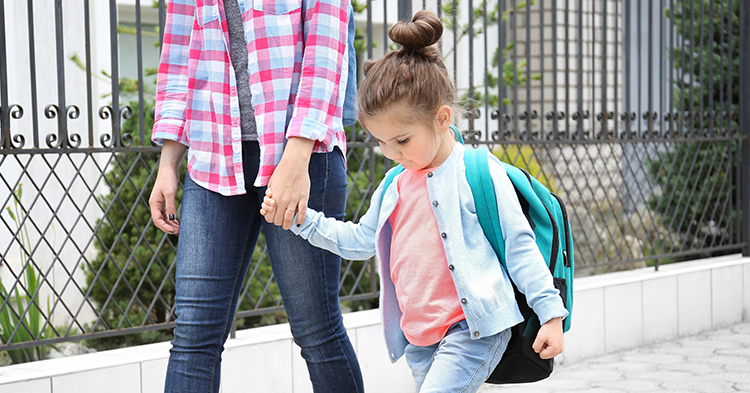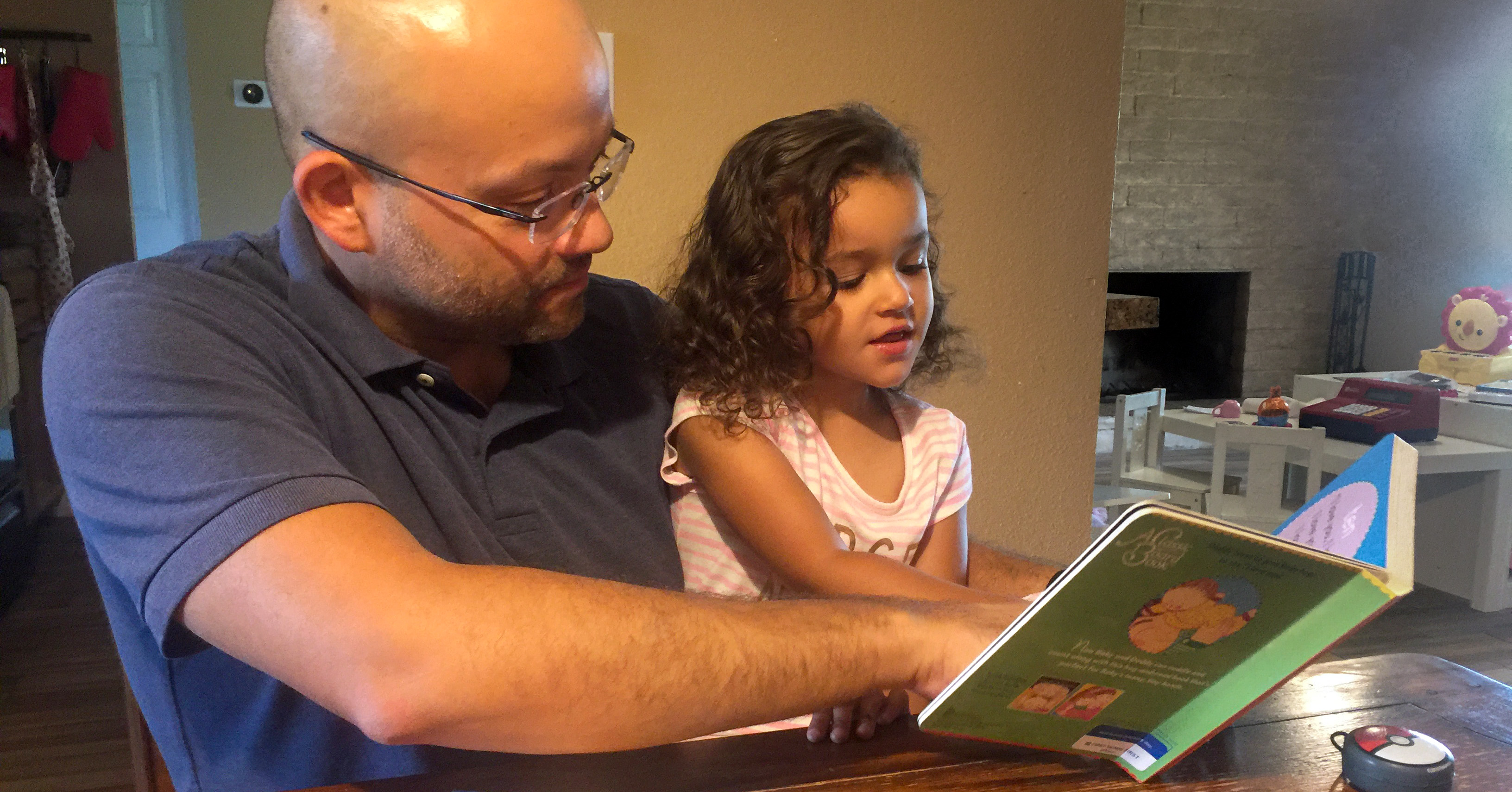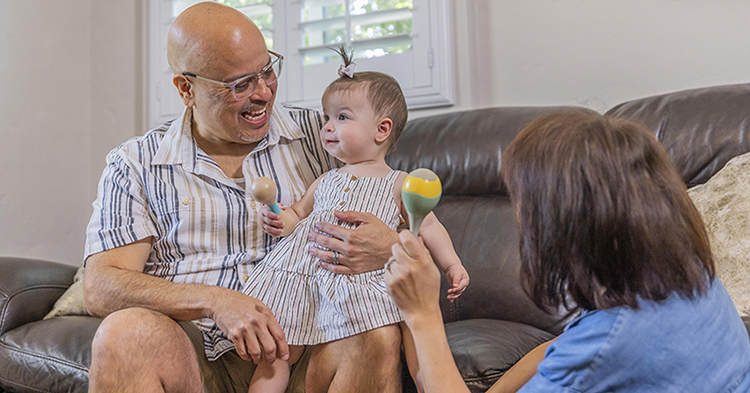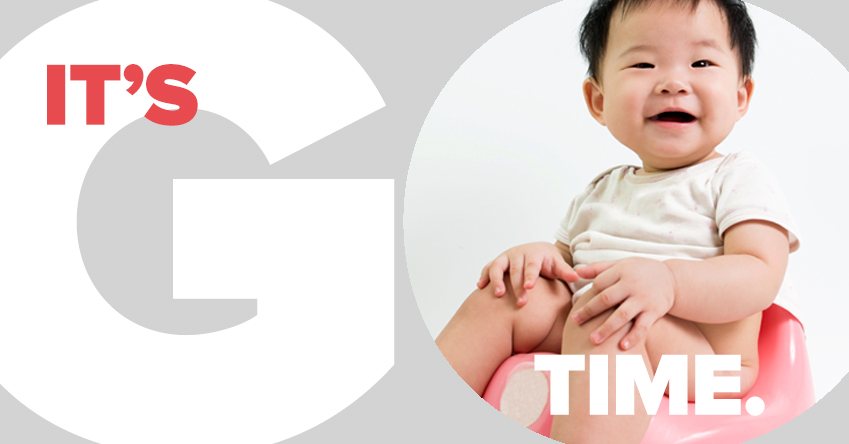
Many 3- and 4-year-olds will be looking forward to starting preschool in the fall, and parents can use this summer to get them ready for that big transition.
“This could be the first time parents are leaving their child with anyone but a family member,” said Cami Foulks, an early learning program specialist with First Things First, Arizona’s early childhood agency.
“This is different from kindergarten, especially because the child is younger. Families may not know if their child is ready, but the preschool experience is based on the spirit of getting them ready for school later. You’re giving them a year or two of navigating things like social skills and getting ready for a classroom setting.”
1. Talk with your child.
Parents can help that transition to preschool by talking to their child about where they’ll be going.
“Build that excitement and be positive and happy about it,” Foulks said. “Children, especially young children, are attuned to their parents’ emotions and feelings. Let them know that it’s something in the future to look forward to.”
2. Expect both parent and child to be emotional.
Saying goodbye, especially for the first time can be nerve-wracking for both parent and child. But emotions are normal and to be expected.
“Feelings are not mutually exclusive,” Foulks said. “The child might be sad to say goodbye to mom, but also excited to start exploring the classroom. Mom might be excited about what they are going to learn and still feel sad. It’s important to know that tears are normal.”
3. Rehearse the goodbye.
Rehearsing the goodbye is important. Get down on the child’s level, look them in the eyes and tell them you are excited for them and that you will see them later.
Foulks tells parents not to linger or look through the classroom’s windows after the goodbye.
“A tearful goodbye is always better than sneaking out, which could send the child into a panic,” she said. “That is on top of whatever emotions they may be going through.”
4. Establish routines.
Establishing routines is an effective tool for a smooth transition.
Foulks recommends taking the child on a tour of the preschool classroom or at minimum, driving by school so they’ll see where they’re going.
“Make it a tangible experience for them,” she said. “Drive by on the way to the park and point out that’s where their preschool is.”
And if you they are able to meet the teacher before the first day, even better.
“This will give your child a connection to a face at the place where they will spend the day,” Foulks said. “Remind them, ‘Remember we met Miss Maria? She’s going to be your preschool teacher.’”
When Foulks’s son started preschool, it was the train set he saw on his tour that made him most excited.
“My kid was crazy over trains,” she said. “You want to plant some seeds so they remember where they’re going and look forward to the experience.”
5. Establish a night time routine.
Countdown on a calendar to the first day of preschool. Involve them in picking out what they want in their lunch.
Ask the teacher if a transitional object or comfort object is ok to bring.
“When my daughter was little, they allowed her to bring a transition object, so we cut a small corner of her favorite blanket and she carried it in her backpack,” Foulks said.
Sometimes the transition object may be a photo to place on a family wall. “Many preschools ask families to bring in photographs so the child can still feel closeness to their family members,” Foulks said.
6. Help the teacher get to know your child.
Take time to fill out the preschool packet. Many times there are questions for a child profile, for example, a nickname the child may want to be called, or if they have any fears or interests.
“This is a snapshot of your child that the teacher will use to get to know them,” Foulks said. “Writing it down is critical versus trying to share that information verbally during an open house when the teacher is meeting a dozen other families. Anything you can give them to refer to later is helpful.”
7. Ask your child about their day.
And when the preschool day is over, ask your child about their day when you pick them up. Know that is normal to take a few weeks until they are comfortable and in the routine. Talk to the teacher if you have concerns.
8. Make home-to-school connections.
Families can also continue to make home-to-school connections. Reading with your child daily for at least 15 minutes is important.
“You want to do things with your child that will create a memory connection for them,” Foulks said. “In preschool, they’ll be singing and reading lots of books, coloring, painting, playing outside. You can make those connections at home. Preparation is key.”
9. Visit the FTF Parent Resources page
Take a trip to the library and check out books to read with your child about going to preschool. Visit the FirstThingsFirst.org website for more preschool resources.




